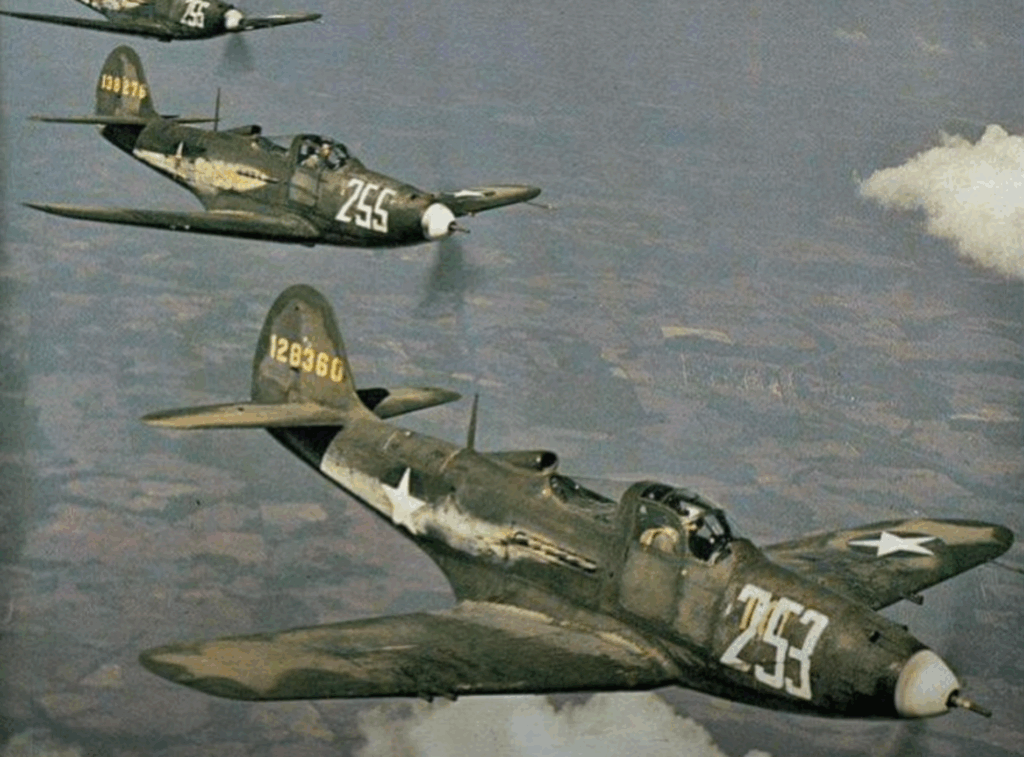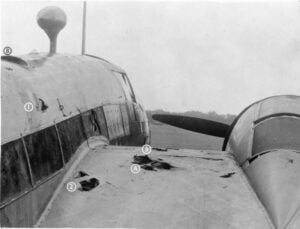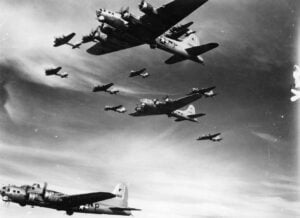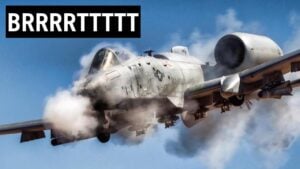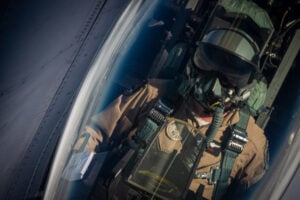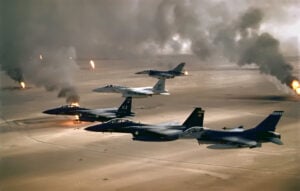The Worst Plane in WWII That Became a Pilot’s Favorite
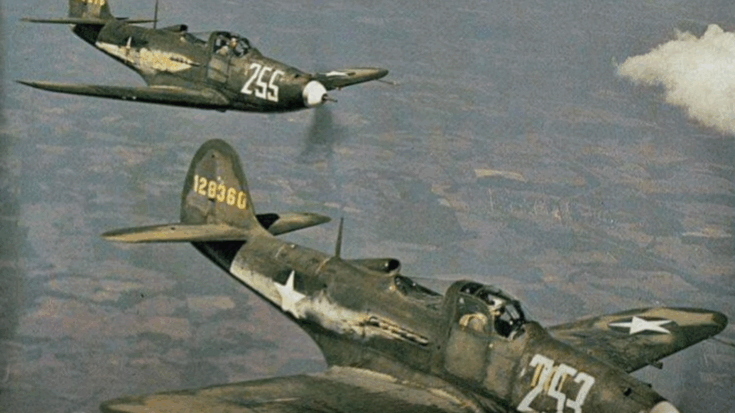
Military History Chronicles / YouTube
A Fighter with a Bad Reputation
At the start of World War II, the Bell P-39 Airacobra was viewed as one of the worst planes in the American arsenal. Designed by Bell Aircraft with great expectations, it was supposed to be a modern fighter but quickly fell short. Without a turbocharger, the plane struggled at high altitudes where much of the air war over Europe was fought. American pilots complained about its weak climb rate and poor performance against German aircraft such as the Messerschmitt Bf 109. Many considered it the wrong plane for the wrong theater.
Despite this negative reputation, the P-39 would later prove itself in surprising ways. What looked like a failure to some became a favorite for others, showing how circumstances could completely change the value of an aircraft.
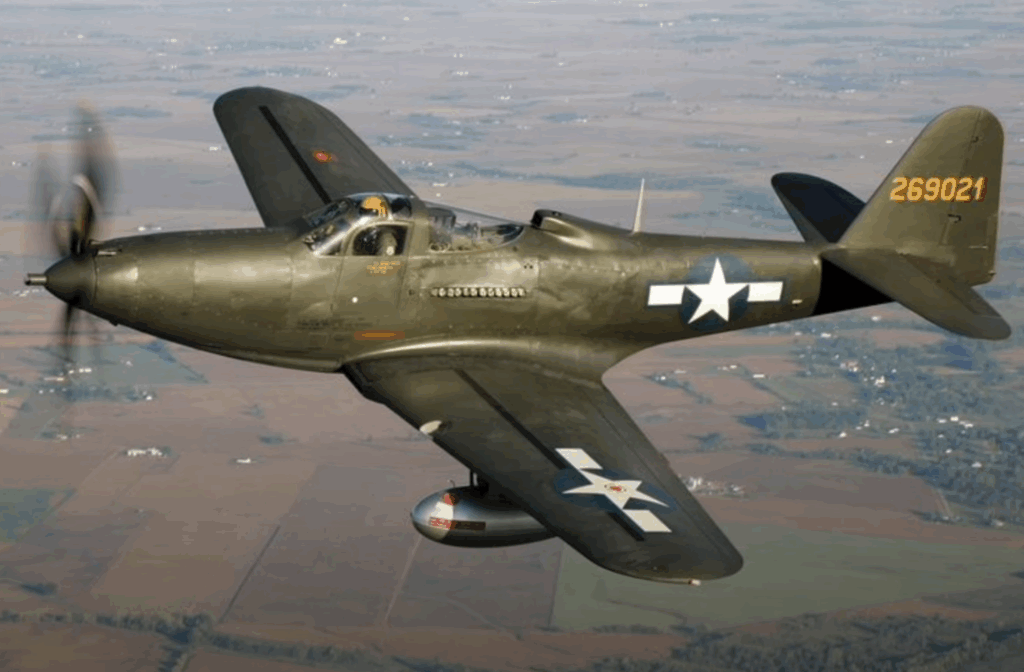
A Unique Design and Powerful Gun
The P-39 was unusual for its time. Its Allison engine was placed behind the pilot’s seat, creating a distinctive look and balance. This design also allowed engineers to mount a powerful 37 mm cannon through the propeller hub. While most fighters carried multiple small machine guns, the P-39 delivered a single devastating strike. One or two hits from its cannon could destroy bombers or even tanks.
This feature made it especially valuable in certain theaters of the war. While it lacked the altitude performance of other fighters, at lower levels it became a formidable weapon.
The Soviet Experience
The Soviet Union became the largest operator of the P-39 under the Lend-Lease program. There, the aircraft’s strengths were fully realized. Soviet pilots valued its heavy firepower, its good cockpit visibility, and its ability to take damage and still return home. In their brutal low-altitude battles, the P-39 proved far from a failure.
Many top Soviet aces, including Alexander Pokryshkin, scored dozens of victories while flying it. For them, the Airacobra was not a liability but a trusted ally.
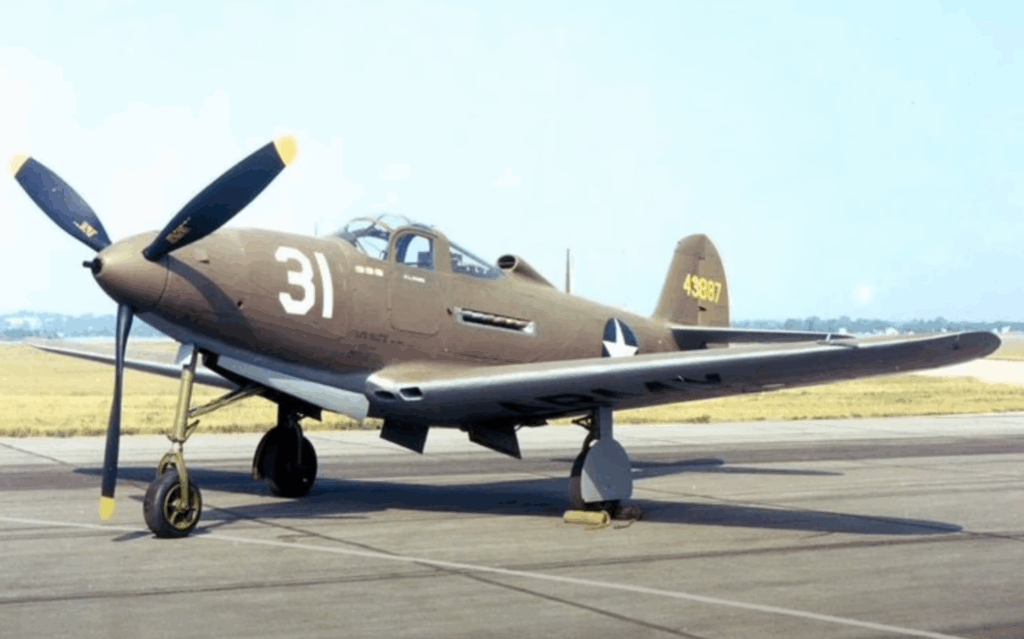
Finding a Place in the Pacific
Even in American service, the P-39 eventually earned respect in the Pacific theater. Air battles there often took place at lower altitudes, where the Airacobra’s cannon and maneuverability were useful against Japanese aircraft. It could not climb like the P-51 Mustang or dive like the P-47 Thunderbolt, but skilled pilots who understood its quirks made good use of it.
Some aviators even praised its balanced handling, calling it one of the most stable planes they had flown at low levels.
A Plane of Contrasts
The irony of the P-39’s story is that the same traits that made it ineffective in Europe made it highly effective elsewhere. Its weaknesses in one environment became its strengths in another, turning an aircraft once ridiculed as a failure into a plane remembered with respect by those who flew it.
